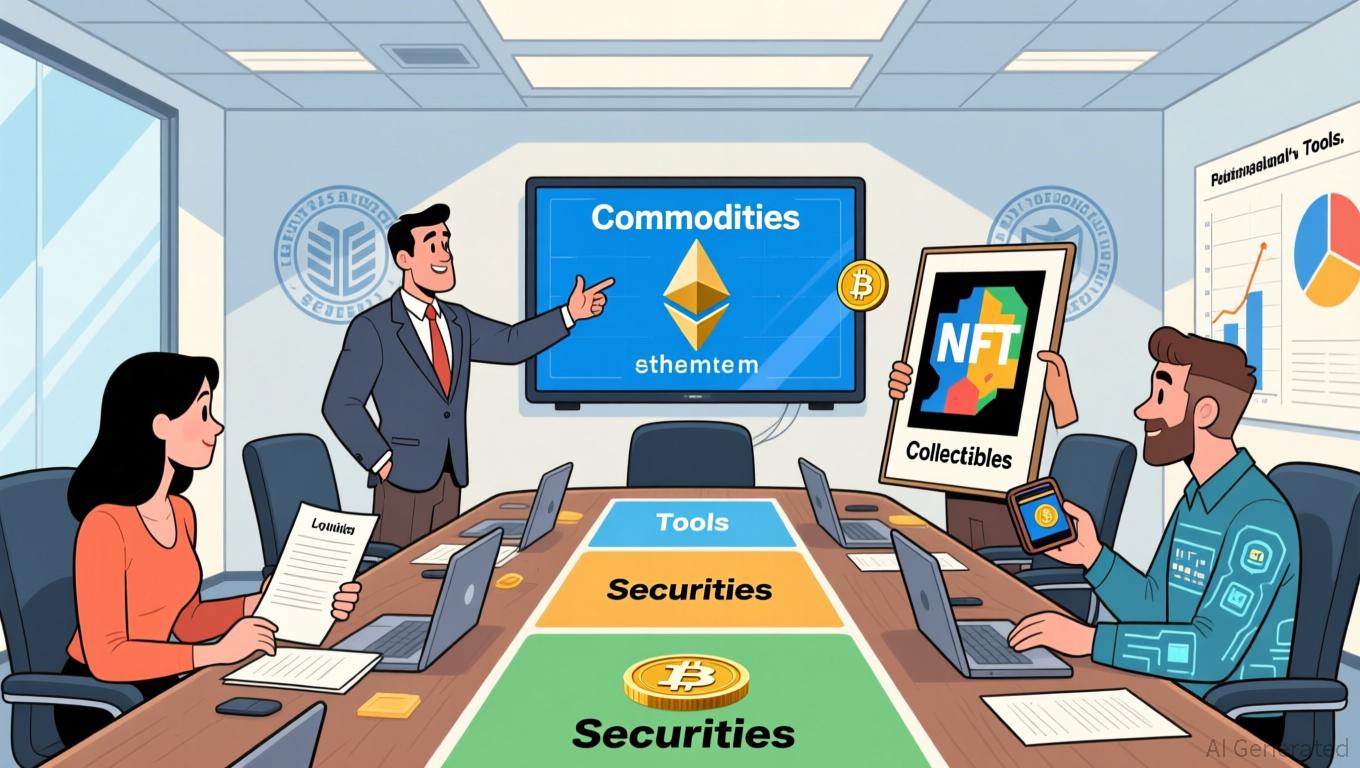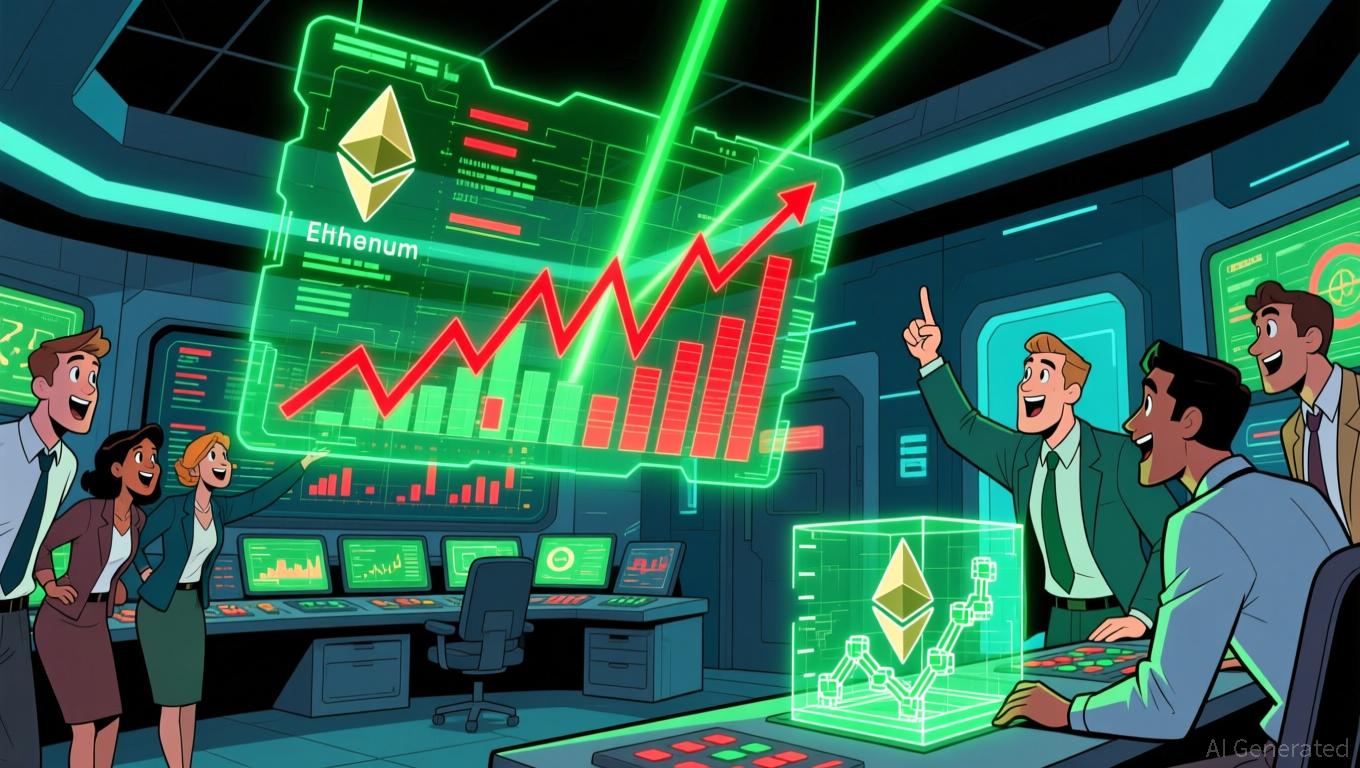Hyperliquid (HYPE) Price Fluctuations: Changing Market Sentiment During DeFi Liquidity Developments
- Hyperliquid (HYPE) faced 2025 liquidity crises from market manipulation and API outages. - November POPCAT spoofing caused $4.5M+ bad debt via leveraged position attacks. - July API outage exposed centralized infrastructure risks during $14.7B open interest. - TVL surged to $2.15B despite whale-driven volatility and anchoring bias effects. - Investors must balance DeFi innovation with systemic risks in fragile liquidity pools.
The decentralized finance (DeFi) industry has consistently faced the challenge of balancing rapid innovation with inherent instability. Hyperliquid (HYPE), a prominent decentralized perpetuals platform, has emerged as a key example for examining how abrupt liquidity disruptions and market manipulation can intensify price swings. Throughout 2025, HYPE's token experienced significant volatility, fueled by a series of notable incidents that revealed weaknesses in both the protocol's structure and market sentiment. This article explores the relationship between liquidity shocks, trader actions, and shifts in sentiment, providing guidance for investors navigating these unpredictable conditions.
The November 2025 POPCAT Incident: Spoofing and Leverage in Action
In November 2025, Hyperliquid encountered its third significant liquidity event of the year when a coordinated attack targeted the Solana-based
This event highlighted a major vulnerability in markets with high leverage and limited liquidity: bad actors can exploit thin order books and community-backed liquidation pools. Unlike typical hacks, this manipulation relied on precise timing and spoofing tactics, illustrating the tension between DeFi's decentralized ideals and its dependence on fragile systems.
The July 2025 API Failure: Infrastructure Weakness and Market Trust
Just a month prior, Hyperliquid faced a different setback. On July 29, 2025,
Although Hyperliquid's technical team quickly restored operations, the incident reignited concerns about the dangers of relying on centralized front-end infrastructure in DeFi.

Market Psychology: TVL, Whale Activity, and Cognitive Biases
Despite these setbacks, Hyperliquid's DeFi Total Value Locked (TVL) climbed to $2.15 billion by late 2025,
Psychological dynamics further intensify market swings. For example, anchoring bias causes whales to concentrate trades at certain price points, while the pursuit of high-risk rewards under leverage leads to bold trading during turbulent times. Analysts need to interpret these patterns carefully, as they can distort underlying market signals and mislead retail traders.
Takeaways for Investors: Managing Risk and Building Resilience
The recent volatility on Hyperliquid provides important insights for DeFi participants. First, liquidity disruptions—whether from manipulation or technical failures—can quickly undermine trust, even in platforms with substantial TVL. Second, volatility driven by large traders highlights the need to track on-chain movements and leverage levels. Lastly, how the platform addresses crises, such as
For HYPE, future success depends on tackling systemic vulnerabilities. Strengthening API reliability, improving detection of spoofing, and expanding liquidity pools could help prevent similar incidents. Still, investors should remain cautious about the DeFi sector's ongoing exposure to manipulation, especially in markets where retail enthusiasm exceeds institutional safeguards.
Disclaimer: The content of this article solely reflects the author's opinion and does not represent the platform in any capacity. This article is not intended to serve as a reference for making investment decisions.
You may also like
Ethereum Updates: SEC Guidelines Allow Cryptocurrencies to Achieve Commodity Classification
- SEC Chair Paul Atkins proposed a crypto regulatory framework exempting ETH, SOL, and XRP from securities classification using the Howey Test to clarify market roles. - The framework categorizes crypto assets into four groups, allowing tokens to "graduate" from securities to commodities as ecosystems decentralize and utility emerges. - It introduces "super apps" for mixed-asset trading and a six-month compliance grace period, aiming to balance innovation with fraud prevention and reduce regulatory fragmen

Zcash News Today: Privacy-Focused Zcash Transforms Cryptocurrency Landscape as Institutions Adopt Shielded Technology
- Zcash (ZEC) surged to $667 in early 2025, driven by privacy demand, institutional adoption, and regulatory clarity. - Institutional investors like Cypherpunk Technologies acquired 203,775 ZEC, boosting shielded pool adoption as a compliance-friendly privacy asset. - ZEC's RSI hit 94.24, signaling overbought conditions and potential 45%-90% corrections, amid 37% daily volatility and self-custody warnings. - Privacy coins like Zcash gain traction as alternatives to stagnant mainstream crypto, aligning with

Dogecoin News Update: Is DOGE's $0.17 Support a Saving Grace or a Final Blow for Memecoins?
- Dogecoin (DOGE) and NEAR Protocol (NEAR) face bearish pressure as crypto markets decline, with DOGE below $0.1730 and NEAR testing support levels. - DOGE's on-chain metrics show increased token turnover and reduced futures open interest, signaling speculative de-risking and potential further losses. - NEAR shows early stabilization signs with rising TVL ($182.1M) and positive funding rates, suggesting possible rebounds if key resistance levels hold. - Market analysts highlight critical junctures for both
Ethereum Updates: BitMine’s Fresh Leadership Fuels Ethereum Growth, Striving to Connect Wall Street with the Crypto World
- BitMine appoints Chi Tsang as CEO amid strategic overhaul, adding 3 board members to strengthen governance. - Company boosts ETH holdings by 34% to $12.5B, aiming to control 5% of Ethereum's supply through aggressive accumulation. - Institutional Ethereum buying accelerates as exchange balances hit multi-year lows, with BitMine trailing only Bitcoin-focused rivals. - Despite 35% stock decline and 13.4% ETH price drop, $398M cash reserves signal long-term blockchain asset tokenization bets.
